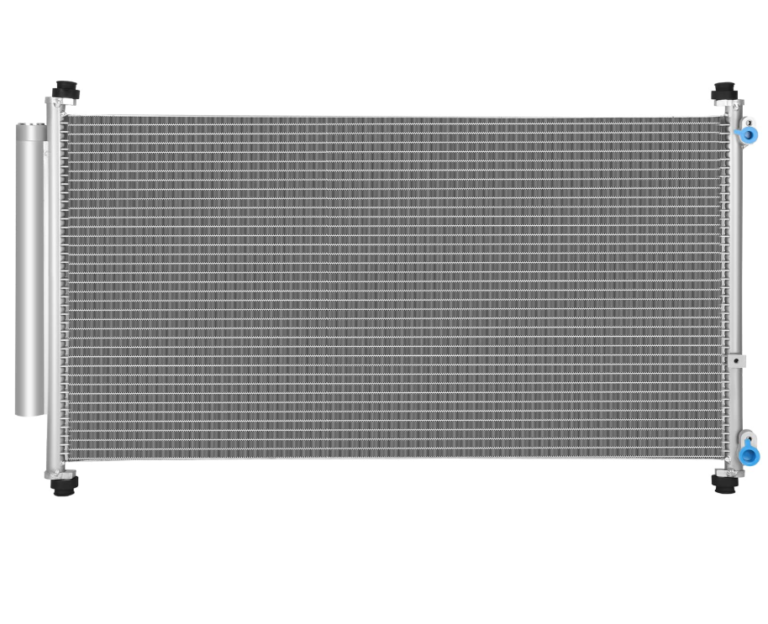The expansion tank is a vital part of a car’s cooling system, designed to accommodate the expansion and contraction of coolant as its temperature fluctuates. It plays a crucial role in maintaining safe pressure levels within the cooling system.
Functions of the Expansion Tank
- 1. Regulating Coolant Pressure:
- • During engine operation, the coolant absorbs heat from the engine, causing it to expand as the temperature rises. The expansion tank collects the excess coolant, preventing excessive pressure in the cooling system and protecting components such as the water pump and radiator from damage.
- 2. Storing Coolant:
- • The expansion tank not only holds the expanded coolant but also serves as a reservoir for the system. When the engine cools down, the coolant contracts, and the tank redirects the excess coolant back into the main cooling system, maintaining a stable coolant level.
- 3. Supplementing Coolant:
- • In the event of coolant loss due to evaporation or leakage, the expansion tank provides an additional source of coolant, ensuring that the system maintains an adequate level at all times.
- 4. Preventing Overheating:
- • The expansion tank is typically equipped with a pressure cap that includes a safety valve. When the coolant temperature becomes excessively high, the valve releases excess pressure, preventing system failure due to overheating.
Components of the Expansion Tank
- • Tank Body:
Usually made of durable plastic, capable of withstanding high temperatures and pressure. - • Pressure Cap:
Prevents the cooling system from becoming over-pressurized. If the pressure exceeds safe levels, the cap releases it automatically. - • Coolant Level Indicators:
Most expansion tanks have marked level indicators, making it easy for vehicle owners to check the coolant level.
Installation Location
The expansion tank is typically located in the engine bay, near the radiator. Its exact placement varies depending on the vehicle model, but it is usually positioned at the highest point of the cooling system to effectively collect excess coolant.
Common Issues
- 1. Coolant Leaks:
- • The expansion tank or connecting hoses may develop leaks, resulting in low coolant levels and potential overheating.
- 2. Damaged Pressure Cap:
- • A faulty pressure cap can disrupt the regulation of pressure, causing coolant to overflow or the system to overheat.
- 3. Low Coolant Levels:
- • Insufficient coolant can lead to engine overheating. Regularly checking the coolant level in the expansion tank is essential.
In conclusion, the expansion tank is a critical component that ensures the efficient operation of a car’s cooling system. It regulates coolant flow and pressure, preventing overheating and protecting other vital components from damage.





